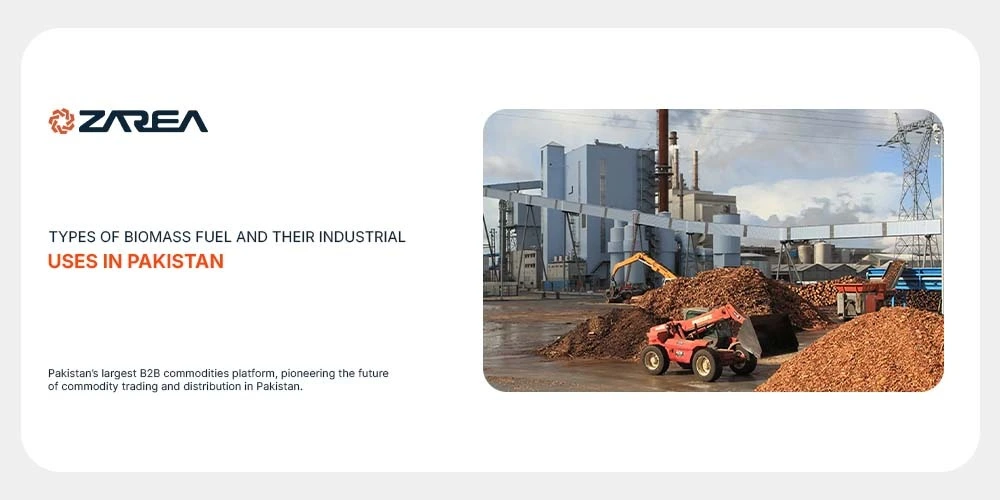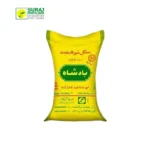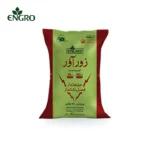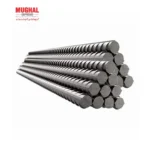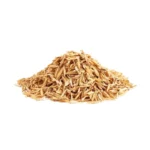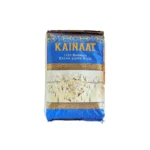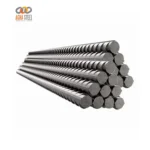Introduction – biomass fuel:
Biomass fuel has become a viable substitute for fossil fuels in Pakistan’s continuous search for affordable and sustainable energy sources. The nation is in a good position to benefit from this renewable energy source because of its extensive agricultural base and expanding industrial sector.
This article examines the many forms of biomass fuel that are available in Pakistan and their industrial uses. It provides important information for business-to-business (B2B) buyers in the agricultural and industrial sectors. It’s also looking for dependable, reasonably priced, and ecologically friendly energy alternatives.
What is Biomass Fuel?
Organic material that may be burned or transformed into energy and also comes from plants and animals is known as biomass fuel. Although biomass is a carbon-neutral and renewable matter, if it is sourced and handled responsibly. Yet fossil fuels have a different behaviour and also burn differently.
Organic industry byproducts, forestry leftovers, and agricultural trash are mostly used to generate biomass in Pakistan. Boilers, kilns, dryers, and even electricity-generating devices in a variety of sectors are increasingly powered by it.
Pakistan’s Principal Types of Biomass Fuel:
A vast range of biomass fuel types, each with distinct qualities, energy contents, and industrial uses, are produced by Pakistan’s agriculturally diverse geography.
Bagasse:
Source: The sugarcane sector
Availability: Plenty in Sindh and Punjab
Use: Mostly utilised as a fuel in sugar mill cogeneration power plants.
Approximately Energy: 7,500 to 9,000 kJ/kg of energy
Use in Industry:
- Power generating on-site
- Production of steam for manufacturing operations
Rice Husk:
Source: mills that grind rice
Availability: High in Sindh and southern Punjab
Use: Found in gasifiers, boilers, and brick kilns
Approximate Energy: 12,000–14,000 kJ/kg of energy
Use in Industry:
- Energy for fertiliser plants, tiles, and ceramics
- Fuel for facilities that prepare poultry and livestock feed
Corn Stover and Cotton Stalks:
Source: Crop residue after harvest
Availability: cotton belts and central Punjab
Use: Direct usage or compression into briquettes
Approximate Energy: 13,000–16,000 kJ/kg of energy
Use in Industry:
- Lime kilns, brick factories, and textile mills.
Sawdust and wood chips:
Source: Furniture production and the timber industry
Availability: KP, urban wood shops, and northern regions
Use: Burned directly or pelletised
Approximate Energy: 16,000–18,000 kJ/kg of energy
Use in Industry:
- Units for processing furniture
- Production of particle boards and MDF
- Heat for the chemical and dyeing industries
Biogas from animal waste:
Source: Livestock and dairy farms
Availability: Interior Sindh, KP, and rural Punjab
Use: Converted to biogas for heating or power
Energy Content (biogas): around 21–25 MJ/m³
Use in Industry:
- Power for meat processing,
- dairy farms, and rural agro-industries
The Reasons Behind Pakistan’s Growing Interest in Biomass Fuel:
Economicalness
Compared to imported LNG and furnace oil, biomass is substantially less expensive. The financial benefit is considerably stronger for businesses who have access to nearby agricultural waste.
Security of Energy
Biomass has lessened dependence on imported energy and volatile fuel markets. Meanwhile, you can easily access and also locally supply it.
Sustainability
Biomass contributes to a decrease in carbon emissions and environmental deterioration as compared to other conventional fuels. Moreover it’s also consistent with global ESG objectives.
Support for Policies
The use of bio-based fuels in industrial settings is encouraged by the Alternative and Renewable Energy Policy 2019 as well as several provincial energy frameworks.
Zarea’s Role in the Biomass Fuel Supply Chain
As Pakistan’s leading digital marketplace for industrial and agricultural commodities, Zarea plays a vital role in streamlining the biomass fuel value chain.
Here’s how Zarea empowers B2B buyers:
Verified Providers of Biomass:
Get access to a network of carefully chosen vendors for wood pellets, husk, bagasse, and briquettes that meet reliable quality criteria.
Price Discovery in Real Time:
Monitor current pricing for biomass fuel, engage in more intelligent negotiations, and better organise procurement cycles.
Support for Procurement and Logistics:
Zarea links customers with reputable carriers to guarantee prompt, economical delivery.
Market Perspectives:
With access to information on regional availability, fuel economy, and moisture content, you can make well-informed purchasing selections.
Industrial Applications of Biomass Fuel in Pakistan:
| Industry | Biomass Type | Application |
|---|---|---|
| Textile | Cotton stalks, wood | Steam for dyeing & washing |
| Fertilizer & Feed | Rice husk | Drying & heating |
| Brick & Lime Kilns | Corn stover, rice husk | High-temp combustion |
| Sugar & Food | Bagasse, animal waste | Cogeneration, heating |
| Ceramics & Tiles | Sawdust, briquettes | Kiln fuel |
Final Thoughts:
Biomass fuel will shape Pakistan’s energy future. It’s an essential component of diversification and decentralisation and has the ability to change tomorrow. Pakistan has an abundance of agricultural waste and also has a rising demand for affordable and clean energy. That’s why industries are investing in biomass and also stand steady to gain great benefits.
Biomass fuel’s types and applications are recognised that’s why it’s dominant world-wide. Moreover manufacturers, energy managers and agricultural processors play a key role in order to achieve energy efficiency and long-term savings in this field. Thanks to platforms like Zarea that streamline logistics and procurement. They are adopting biomass also, which has never been easier.
FAQ’s:
What are the 4 types of biomass fuels?
Wood and agricultural products, solid waste, landfill gas and biogas, and alcohol fuels (such as biodiesel or ethanol) are the four forms of biomass that we now use. Today, homegrown energy makes up the majority of biomass consumed.
Is biomass a good fuel?
When a fuel burns with a lot of heat and little smoke, it is considered good fuel. It should also be readily available. Note: Not all flammable substances make suitable fuel, though. A good fuel should release a lot of thermal energy into the atmosphere.
Is oil a biomass fuel?
comprises all organic stuff, such as plants and animals. It is a renewable energy source. Meanwhile additional biomass fuels can be produced quickly. Although biological materials are the main sources of crude oil and fossil fuels (natural gas, petroleum). Yet they are not biomass so they cannot be replenished.
What are two disadvantages of using biomass as fuel?
The actual production process for biomass fuel takes a long time. Meanwhile as a raw material biomass has a lower calorific value when you compare it to coal or natural gas. It also involves costly machinery and technology, which raise expenses and harms the environment.
Is ethanol a biomass fuel?
A sustainable fuel, ethanol is produced from a variety of plant resources referred to as “biomass.” Ethanol is used to oxygenate more than 98% of petrol in the United States. E10, which lowers air pollution, is often found in petrol (10% ethanol, 90% petrol).

